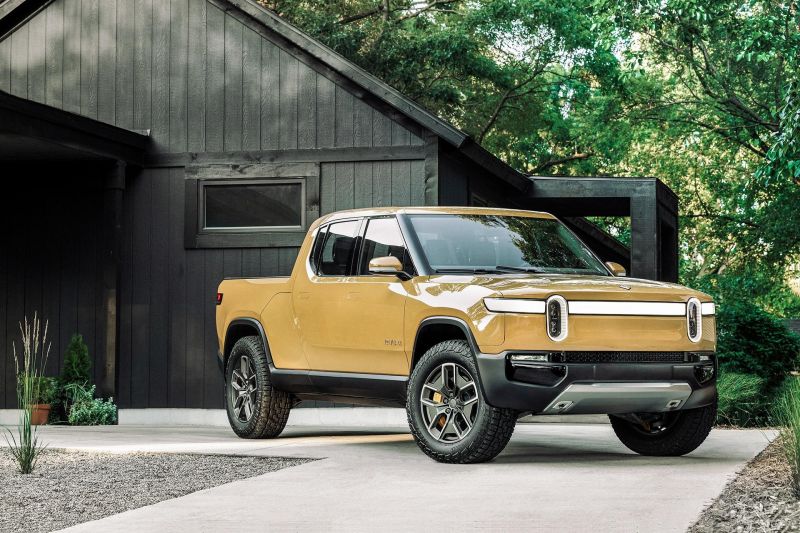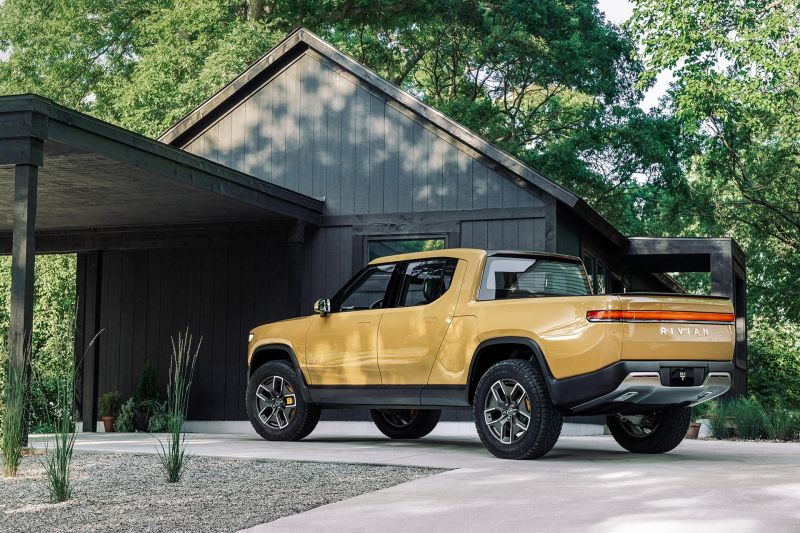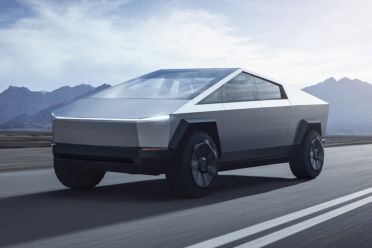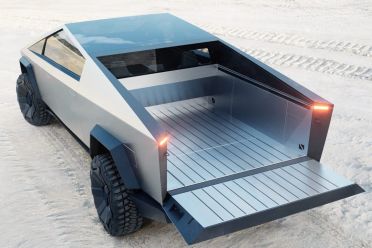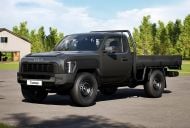The world’s best-selling car is going electric – and it’ll be no slouch when it launches.
The Blue Oval has confirmed the F-150 EV will be the quickest, most powerful model in the F-150 range when it launches in 2022 or 2023.
Ford is preparing a battery-electric version of the F-150 to take on the Rivian R1T, GMC Hummer, and Tesla Cybertruck, overnight confirming it’s broken ground on the Michigan factory where the pure-electric pickup will be built.
Following in the footsteps of the F-150 Hybrid revealed earlier this year, the F-150 EV will be able to act as a massive mobile generator for camping, or for tradesmen on the tools in remote locations.
Ford has confirmed it will have a dual-motor all-wheel drive powertrain with more power or torque than any F-150 on the market, meaning it will have at least 335kW and 690Nm, and hit 100km/h in less than the 5.7 seconds managed by the F-150 Raptor.
With no internal-combustion engine, the F-150 EV will feature a “giant” front trunk (that’s boot to you and me) to securely store tools you don’t want left in the tray.
Production for the F-150 EV will start in the middle of 2022, meaning it will be beaten to market by the GMC Hummer, Rivian R1T, and potentially the Tesla Cybertruck.
The F-150 EV will need to boast some impressive numbers to take on the Rivian R1T, which will be available with a choice of 105kWh, 135kWh and 180kWh batteries.
The model with a 105kWh battery hits 60mph (96km/h) in 4.9 seconds, with a total electric range of over 370km. Total power and torque are 300kW and 560Nm, respectively.
The quickest Rivian will be the R1T equipped with the 135kWh battery, capable of hitting 60mph in 3.0 seconds and producing 562kW and 1120Nm. Total electric range is said to be over 500km.
180kWh battery-equipped models are said to have an electric range of over 659km, but produce slightly less power (522kW) and the same amount of torque. Water fording capability is 1000mm, while the R1T has a payload of 800kg and can tow a claimed 5000kg.
The Tesla Cybertruck also boasts impressive figures to back its polarising design. From its wrapped stainless steel skin, tempered glass, claimed 800km maximum range, optional triple-motor layout, claimed supercar-like 0-60mph sprint time of 2.9 seconds, driver-assist functions, air suspension, and mooted 6.5 tonne tow rating, everything promised is revolutionary.
American production is set to begin in late 2021, while lower-grade single-motor and rear-wheel drive models are expected in late 2022 – globally, that is.
Australia will probably need to wait at least an extra year, pointing to a rollout of range-topping models as early as late 2022, and more variants to lob during 2023.

